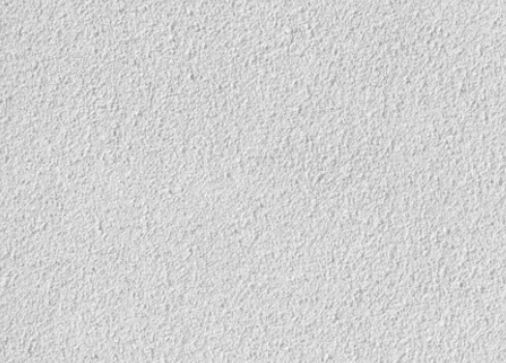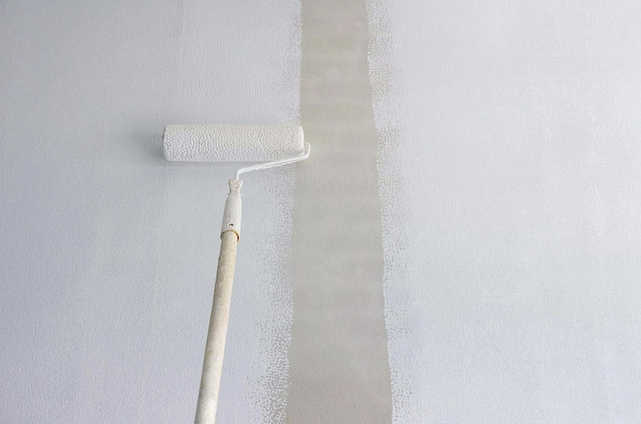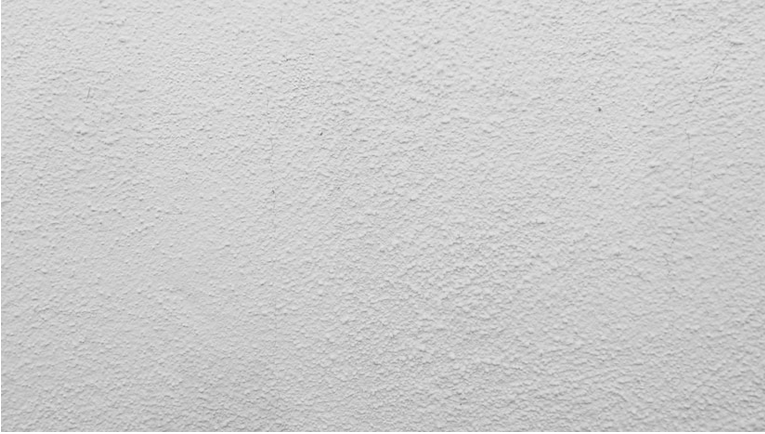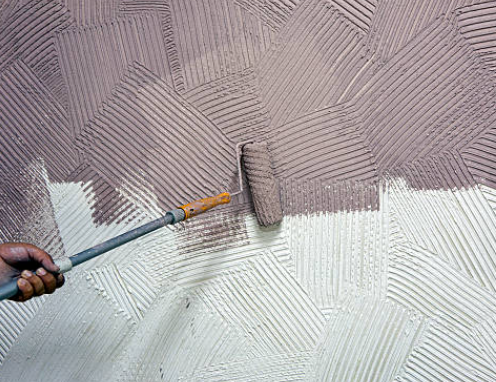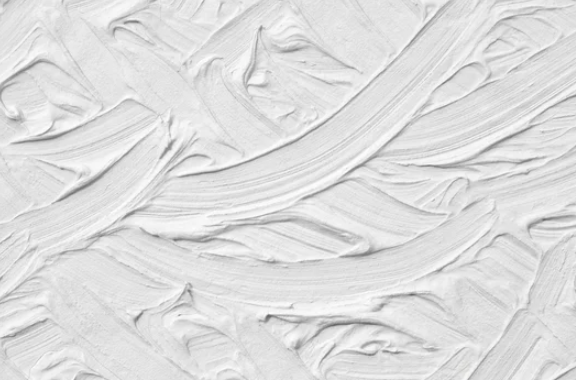Can you paint sheetrock without texture?
Can you paint sheetrock without texture?
How do you pick a texture for a wall?
Select a piece that will apply easily, then trim the application edge at an angle to reveal the corrugated layer. The texture will be produced by the ridges or channels on the corrugated layer. Apply plaster or drywall compound to the wall surface using a trowel after scooping it out.
Should drywall be textured?
For two reasons, we’ve traditionally textured drywall. The texture of plaster is the first reason. So smooth drywall didn’t seem good in homes where plaster walls were the norm. The drywall’s texture helped it blend in more seamlessly. The texture gave the wall a more “correct” appearance, albeit a professional can still tell the difference. Plaster texturing is an art, and you can’t accomplish the same appearance using a can of plaster, but it’s closer than using smooth drywall.
Covering defects is the second reason to texture drywall. It’s challenging to achieve a flawless finish on drywall seams that have been taped and muddied. It is possible, but it requires perseverance, quality equipment, and, quite bluntly, practice to become proficient. However, you are not required to become proficient if you texture the walls. Any low spots just blend into the texture as long as you get it reasonably smooth and remove the high spots with some sandpaper.
However, smooth ceilings and walls are currently highly fashionable. Smooth drywall provides the appearance that you engaged high-end professionals rather than the lowest bidder because it requires talent to achieve. Some people will apply a skim coat to older homes to smooth out the texture on the walls and ceilings. Or they might use quarter-inch drywall to cover the walls, ceiling, and/or both, followed by tape, mud, and paint.
Do the disadvantages of not texturing your walls exist?
A textured wall is more forgiving even though painting a smooth wall is simpler and you can get good coverage with thinner layers. The wall will still take up some texture from the paint even if you use a brush or a cheap roller to apply the paint. Most of that will be hidden by a textured wall. In addition, as I previously mentioned, texture can assist cover drywall surface issues.
How to Paint drywalls with No Texture
Although it may seem simple to paint a drywall without roughness, it can be difficult to get paint to adhere to a smooth surface. The majority of drywall or plaster walls have at least a faint texture that may be felt with the hand. However, wall panels can be flawlessly smooth, if not slippery.
Items you’ll need:
This smooth surface may repel paint, resulting in a texture that is uneven or chipped. Fortunately, if you take the time to prepare an untextured wall properly, you can paint it successfully.
Lightly sand the walls with 220-grit sandpaper. To aid in the paint’s adhesion, this will give the walls a faint texture.
Use a sponge and warm, soapy water (prepared from mild liquid soap and water) to clean the walls. After completely drying the walls with a lint-free towel, rinse the walls with a sponge that has been soaked in clean water.
Utilize a paint roller with a short nap to apply an alcohol-based primer to the walls. These flat surfaces are intended for these paint rollers, which are labelled as 1/8 to 1/4 inch. Await the primer’s drying time.
Use an interior latex paint and a fresh, short-nap paint roller to paint the walls. Apply the second layer of paint once the first has had time to dry.
How to Give Painted Walls Texture
Plain painted surfaces can get depth and richness by having textured walls. While there are numerous techniques to create a textured surface on interior walls, using textured paint is one efficient way. With a basic nap roller, you may apply textured paint to create a variety of textures, such as sandstone, a smooth raised texture, and a harsher popcorn texture. To make the procedure of applying the textured paint more bearable, prepare your walls and work in tiny parts. Additionally, use a fine-grit sanding pad to ensure the wall’s surface is flawless.
To get rid of all the sanding dust, wipe down the wall with a moist rag. Give the wall time to dry completely.
To use, fill a paint tray with textured paint. To thoroughly coat it with paint, roll the nap roller in the tray. Paint should be on the roller, but it shouldn’t be dripping.
Apply a layer of uniform textured paint on the wall. To make the textured paint easier to work with, apply it in small pieces. Apply a second layer if necessary to get the desired texture after allowing the first coat to dry for at least four hours.
Can drywall be painted without texture?
You very certainly can. As long as you prime it first, I believe painting without texture is simpler. However, over time, texturing can save you time.
You don’t need to texture the drywall. Not for improving the performance of the paint, texture is used to give the wall a more traditional appearance or to hide defects.
Is drywall primer required before texture?
Yes, you should prime the walls with a latex drywall primer before you texture them. However, make sure it is not an undercoated primer because it will give the walls too much sheen for what you are doing.
Is joint compound the same as drywall mud? A gypsum-based paste known as drywall mud, sometimes known as joint compound, is used to finish drywall corners and joints in new drywall installations. Additionally, it is in handy for patching up holes and cracks in existing plaster and drywall surfaces. There are a few main forms of drywall mud, and each has benefits and drawbacks.
Conclusion
It might be difficult to work with drywall surfaces if you don’t know what you’re doing. For instance, you’ll need the appropriate brush if you intend to build a comb wall to ensure that it’s done correctly. Your area takes on a new dimension when texture is applied to drywall.
The type of texture you choose to use on a piece of drywall is what matters in the end. Although one of the most popular textures is popcorn, it’s not the only one available to you. Your DIY drywall texturing techniques will improve as a result of working with drywall mud and textured walls. Wall texturing provides a large experimental playground thanks to the various drywall textures. Verify that you can use a compressor and spray gun before adding wet mud to a wall.
Be sure to work with the proper consistency while applying any texture, whether it’s for your living room, wall, or ceiling. You wish to make the ideal decision when it comes to wall texturing. Nowadays, trends change so quickly that it’s impossible to predict what will be the next widely used wall texture.
For more help, please call Mercury Drywall Repair Services at (816)295-7203

